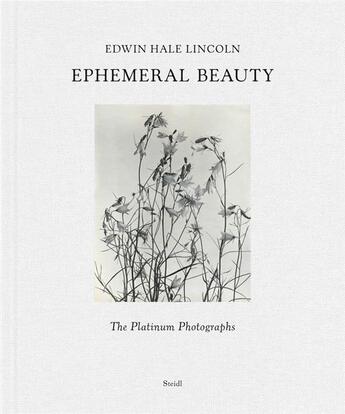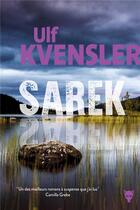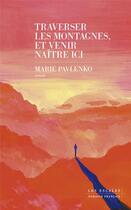-
Date de parution : 01/03/2023
-
Editeur :
Steidl
-
EAN : 9783958297500
-
Série :
(-)
-
Support :
Papier
Résumé:
In this first book-length appraisal of his work, Edwin Hale Lincoln is revealed as a devoted chronicler of boats, oaks and orchids Affiliated with the American Arts and Crafts movement, American photographer Edwin Hale Lincoln (1848-1938) began his photographic career in Boston, specializing in... Voir plus
In this first book-length appraisal of his work, Edwin Hale Lincoln is revealed as a devoted chronicler of boats, oaks and orchids Affiliated with the American Arts and Crafts movement, American photographer Edwin Hale Lincoln (1848-1938) began his photographic career in Boston, specializing in interiors. In the 1880s he started documenting yacht races, using then new technology to freeze the glorious motion of sailing ships, including the famed yacht America. Lincoln later moved to Western Massachusetts where he captured the motifs for which he is best known: centuries-old trees, delicate wildflowers and orchids. These subjects had something in common with the great wooden sailing ships--they were vanishing. As engine power replaced the elegance of sails, millions of elms and chestnut trees would soon die off, and fragile flora risked extinction. Lincoln sought to eternalize them in his work.
Based on 30 years of research, Ephemeral Beauty: The Platinum Photographs reveals the strikingly modernist character of Lincoln's work, and explores his influences, from Ralph Waldo Emerson to Gustav Stickley, as well as rediscovering the publication of his photographs in illustrated popular magazines and books.
Edwin Hale Lincoln (1848-1938) served as a drummer boy in the Civil War and later became a national leader of Civil War veterans. He began photographing in Boston around 1874, documenting yacht races and the extravagant summer homes of the Gilded Age in the 1880s. Lincoln's photographs were awarded numerous medals at photographic exhibitions (including one that put him on a par with a young Alfred Stieglitz in 1891), but two years later he stopped exhibiting and moved to Western Massachusetts. There Lincoln photographed ancient trees and endangered wildflowers and orchids, which he self-published in elegant volumes of mounted platinum prints. His photographs have been printed in many books and magazines, among them Gustav Stickley's The Craftsman.
Donner votre avis














